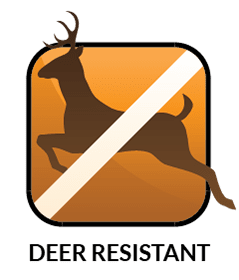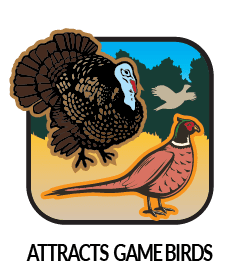Douglas Fir Forestry Plugs
Plant Type: Evergreen plug
Zones: 4-6
Soil Type: Loamy & Sandy Soils
Site Selection: Full Sun, Partial Sun
Mature Height & Width: 60-80' Height and 12-20' Spread
Growth Rate: Moderate - 12-24" per year once established
Moisture Requirements: Average
Douglas Fir Bare Root Trees Also Available - CLICK HERE





Douglas Fir Forestry Plugs
Pseudotsuga menziesii
Sold only by the full box of trees
Now you have access to the same trees planted by the giant timber companies, tree farms and many forestry agencies! The roots of our P1 size trees are surrounded by a plug of soil which is 3.3 cubic inches while our P2 trees have a plug of soil 4.9 cubic inches in volume. Our P3 Super Plug trees boast a soil plug volume of a whopping 15.3 cubic inches, over 3X the size of its P2 counterpart! The biomass of the trees also increases substantially with each plug size increment. This includes the soil plug size, root system and stem diameter.
Specs for the soil plug surrounding the roots:
P1 size | 1.1” Diameter | 3.74” Depth | 3.7 cubic inch soil plug
P2 size | 1.24” Diameter | 4.33” Depth | 4.9 cubic inch soil plug
P3 size Super Plug | 2” Diameter | 5.96” Depth | 15.3 cubic inch soil plug
The Douglas Fir tree starts out dense as it is young. As the tree reaches for the sky, the lower branches may self prune in less than ideal growing conditions. The Douglas Fir is very shade intolerant.
Fun Fact: In Boston, the USS Constitution sails proudly under the power of three Douglas Fir masts.
Common uses for Douglas Fir include:
- Evergreen
- Commonly used as a Christmas tree when young
- Used in building anything from airplanes to furniture
Like most other conifers, the Douglas Fir can provide nesting habitat and cover for many types of birds and small mammals. Antelope, deer, elk, mountain goats, and mountain sheep eat the twigs and foliage in the winter or early spring when their other food supplies are covered in snow or have not yet emerged. The seeds of Douglas Firs are used by blue grouse, songbirds, squirrels, rabbits, and other small animals. Bears often scrape off the bark on young trees to eat the sap layer beneath the surface. On large Douglas Fir trees, it is common to see an eagle or hawk perched on top seeking out its next meal.







